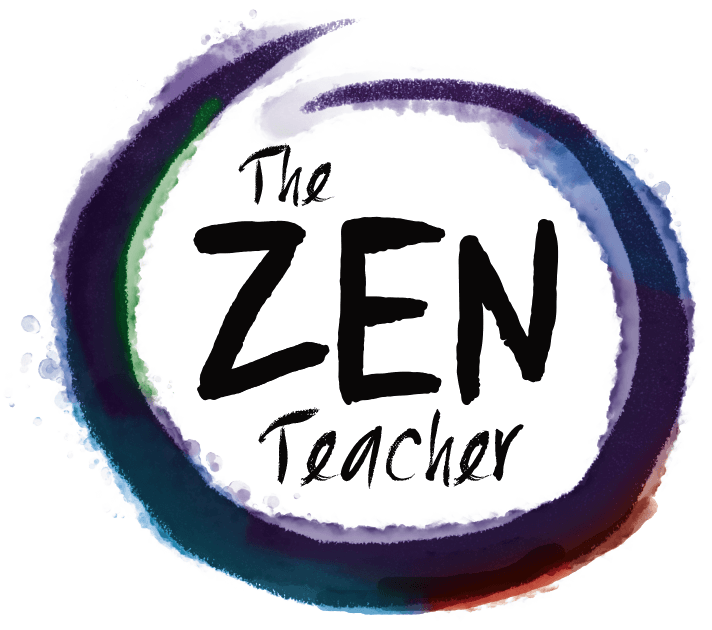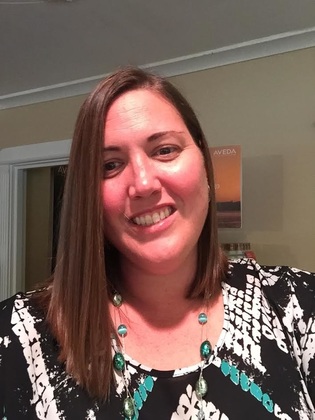If you would like to participate in THE ZEN TEACHER PROFILE, please feel free to let me know by using the contact form on the website, which can be found here, or emailing me at teachingzen@gmail.com. I offer you twenty-two questions and you choose the ones (limit 5) you’d like to answer.
Define “Mindfulness” as it relates to teaching.
I think of mindfulness as being aware of the climate of the classroom, receptiveness and engagement of the students, the vibe of the building and my own mindset. It takes being in the moment but also being reflective. As an educator it’s important to be mindful of these factors so that we can help steer our students in the right direction, make well informed decisions, and be able to turn on a dime when necessary.
How do you stay “centered” in the midst of the storm?
Breathe. Just breathe. And sometimes I visualize Dorie and I say, “just keep swimming, swimming.” In the past few years I’ve been put in some very stressful and even dangerous situations, and it’s important to stay calm; breathing is the best technique for staying centered.
What role does non-judgment play in your classroom experience?
Non-judgment is big for me; every learner must be accepted where they are and with the gifts they bring. Perspective, experience, and individualism create a beautiful community–mine is not to judge, but to learn. We often see creatively gifted kids in the art room and often times they come with a labels, “ADD,” ADHD,” “Dyslexic,” “Defiant,” or “Autistic.” Our job is to look at their talents, help them grow, and encourage all students to find their niche. One of best parts of being an educator is how much we learn from our students. There was a time when these labels used to bother me mostly because I wished students could come to class without any preconceived ideas attached to their names because of an IEP or 504 file. However I’ve let go and learned not to judge because now as a parent, I see that the labels come from a good place, a place of trying to solve a problem and put interventions in place. It’s the system and as I can’t change the system (yet), I will choose non-judgment..
How do you attempt to “Be In The Moment” as you teach?
I listen and am attentive to the needs of the students and the flow of a lesson. The “same” lesson shouldn’t look the same in each period. We have different students and their needs, questions, curiosity, and ideas should impact the flow of the lesson. I believe to “be in the moment” is to be flexible and willing to adjust as needed.
How do you “pay attention”? What does that look like in your classroom?
Relationships! When you know your student’s story, it’s so much easier to “pay attention.” You can pick up on body language and observe subtle changes in the learning environment. As an assistant principal, I was given the opportunity to work with a student starting her sixth grade year because she has struggled at home and this has lead to acting out at school. It’s taken me nearly four years, and I’m no longer her AP (just a mentor who checks in periodically), but after working with the student and her mother, I see in her eyes when things are or are not going well. The bear hug that doesn’t want to let go when I come in her school is usually a sign that things are not right in her world. When she dressed up a little and I see mascara, I know that she’s upbeat and something happy happened. I’ve listened, she’s vented, cried, laughed and I can’t deny that she’s heard me rant and dole out advice, but she always hears that she is important and bright. She can make poor choices, but it doesn’t mean she’s a bad kid or that those poor choices have to determine her life’s path. We still have four years until graduation and who knows what will happen between now and then but I will continue to pay attention. TZT
Laura Grundler says, “I just finished my fifteenth year in education; seven teaching secondary art, seven as an assistant principal and one (hopefully many more) awesome year as district art coordinator. When I’m asked what I do for a living I still say teacher, I love teaching, love seeing growth in students, love art, love staff and ultimately I love education.”

